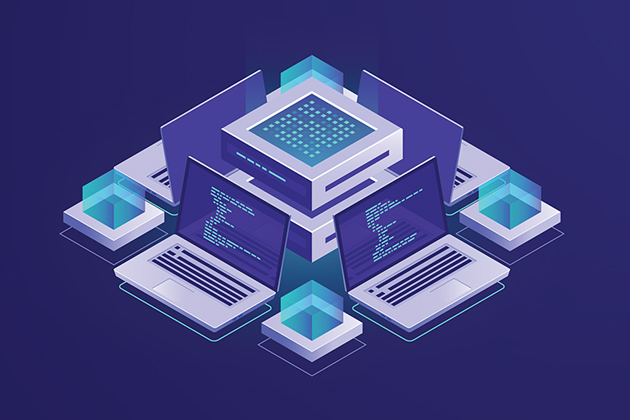
It is no longer enough for companies to reactively address cybersecurity threats. Instead, it is increasingly important for businesses to be able to proactively identify and respond to any type of unusual activity taking place on their networks. To make matters more complicated, in today’s modern work environment, employees often bring and use their own personal laptops and cellphones. These additional “outside” devices are expanding enterprises’ potential attack surfaces well beyond the organization’s four walls. To have a successful cybersecurity strategy, companies must leverage every tool available to protect digital assets and ensure each device attached to a network is secure.
The Benefits of AI in Enterprise Security
According to Hiscox, companies experienced more than 53,308 security incidents in 2018, two-thirds of which took longer than six months to discover. This apparent lag in detection has forced organizations to realize that threats are becoming too great to manage on their own, requiring executives to look into advanced tools like artificial intelligence to help supplement their current security measures. Indeed, the market for AI in security is expected to reach more than $35 billion by 2024.
AI-enabled technologies provide numerous services offering much-needed insight into cyber threats while also helping to fill the gaps in current IT strategies. First, AI can sift through massive amounts of data and spot trends faster than any human. Many companies have already started to use these tools to improve overall customer experience and gain a competitive edge over other businesses. However, regarding security, being able to collect data and spot unusual trends could also stop attacks before they even begin. When combined with security information and event management (SIEM) solutions, AI can spot anomalies in behavior patterns—of people, data, applications or devices—and predict attacks on the network, enabling organizations to defend themselves more appropriately. All the collected information can also be used for historical reference, allowing companies to further detect patterns that could indicate potential attacks.
Outside of simply identifying suspicious incidents, AI can also spot events and shut down any activity it sees as deviating from normal behavior. This is especially important when defending against malware. Botnets, ransomware and cryptominers can all impact networks in devastating ways by installing backdoors or scraping data. AI can potentially stop these types of malware by spotting and shutting down abnormal spikes in consumption, such as unusual patterns overnight, which might indicate the presence of cryptomining malware. AI is also able to “learn” from older malware codes to detect new or mutated versions of malware, while also quarantining unrecognized apps, preventing them from accessing other systems or processes to spread infections.
AI can also be used proactively to ensure software is free from any errors that could make it prone to vulnerabilities. This is critical, as going through application codes is nearly impossible for humans. For perspective, the average iPhone game app has about 50,000 lines of code, while the 2.2.0 version of the open source operating system Linux Kernel has more than a million lines of code. However, AI can go through these lines in minutes and spot any vulnerable flaws.
Taking Advantage of AI
The current technology security landscape is full of solutions designed to help organizations approach IT security more intelligently. However, AI and other new and emerging technologies cannot be sustained on legacy networks and IT architecture. To take advantage of these technologies, companies need sufficient bandwidth, as well as smart, software-defined architecture to enable more capacity, flexibility and control of business applications running across an enterprise, allowing for better security and improving the user experience at all points of the network.
In addition to updated architecture, organizations need an environment that supports digital technologies in every location. Hybrid cloud and network environments, software-defined networking in a wide area network (SD-WAN) and high-speed broadband are a few examples of technologies that can enable companies to better manage their business applications across all locations. Networking components such as Wi-Fi and other unified communications also ensure that employees can work anytime, anywhere, with no impact on productivity.
How to Maintain AI and Overall Network Security
Working with network service providers can help IT leaders as they embrace new and managed services for their organizations. By tying disparate systems together and “filling in the gaps,” service providers can help companies update their existing infrastructure without stressing their current network, while also helping streamline processes for IT managers.
Organizations can also leverage virtual and physical private Ethernet connectivity to ensure there are no issues regarding network performance and availability for critical applications at company locations. Working with a service provider can also make sure companies are receiving some of the most critical connectivity functions as a managed service, including managed connectivity, Wi-Fi, security, voice and business continuity.
Enterprise security will continue to evolve to protect companies against threats that are increasingly sophisticated and have the potential to cause great harm. As impactful as AI can be, it is important to remember that it needs human assistance to be most effective. Security professionals are critical for monitoring and managing alerts while providing a historical and operational perspective that AI systems are not able to do on their own. AI can help IT organizations strengthen their security efforts by augmenting the work of cybersecurity professionals and filling the gaps in current IT security strategies.
